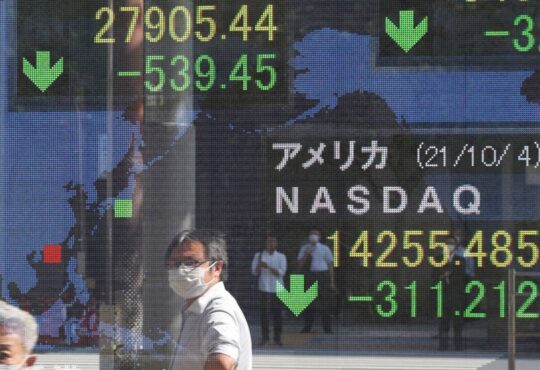

Image source: Getty Images
There are many ways to try to build a passive income to help fund our retirement years.
A lot of them seem a bit hit-and-miss to me, though. Or require a lot of hard work to set up in the first place.
My top choice is to buy UK shares in a Stocks and Shares ISA, and leave them there for as long as I can.
The UK stock market has, over the past century and more, beaten other forms of investment hands down.
Longer = better
Nothing is guaranted, mind, not like a Cash ISA. But the longer I invest, the lower the risk with shares, and the greater the returns I hope to get.
And, it really doesn’t take a lot of hard work. In fact, I don’t even need to leave my desk — all I need to do is move my computer mouse around and make a few clicks. It’s easier than playing Doom.
OK, I know, the hard part is in choosing the shares to buy. And yes, it can take a while to learn how to do that.
So, today, I’ll explain how I go about it. This is just me, though, and other investors need to know their own take on risk and choose their own strategy.
Dividend stocks
If we want passive income, that means dividend stocks, right? Well, that seems like the obvious way — and it’s what I go for.
But I know someone who retired with a potfolio of growth stocks, including the likes of Apple (which pays only a very small yield). He just sells some shares each year, and takes his passive income each month from the cash.
But dividend shares seem like less work, as the money just rolls in at regular intervals.
So, go for the biggest dividend yields? Whoa, time to be careful there.
Big yields
Sometimes a yield is high because a company faces problems and the share price has fallen, and the dividend is likely to be slashed.
Sometimes a sector is cyclical, with dividends up and down. Rio Tinto led the FTSE 100 a couple of years ago with a double-digit yield. The forecast is now down to 6% — still good, but it could fall further as mining earnings look set to dip.
And then some offer big dividends and don’t seem to have the earnings to pay them.
Vodafone springs to mind, at 11% — but the share price is down 55% in five years. Oh, and the company, just like BT Group, has huge debts.
Three things
So, what do I look for? Three things, mainly.
I first want to see good and rising dividends. Not necessarily the biggest right now, but ones I think should do well in the long term.
Then I want to see companies with strong earnings and good cash generation, so I can clearly see how they can keep paying.
And finally, I steer clear of companies with large net debt.
Right now, I’m looking mainly at banks, insurance firms, and house builders for 2024.





